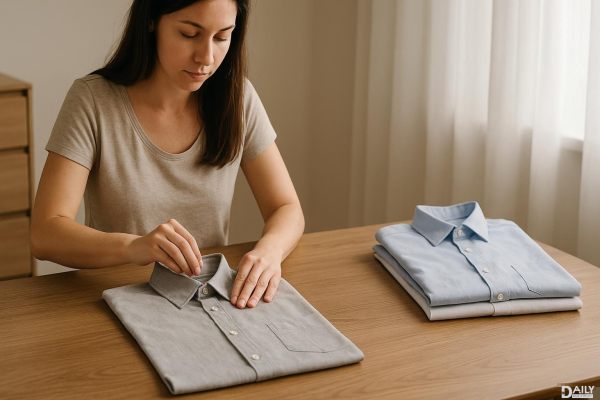The "unexpected red" theory is taking TikTok by storm, and it’s exactly what it sounds like—throwing a bold splash of red into a space where it seemingly doesn’t belong, only for the room to instantly feel more dynamic. Whether it’s a crimson throw pillow in a beige living room or a fire-engine-red bookshelf in a pastel bedroom, the idea is that red has this magical ability to elevate any design scheme, no matter how mismatched it might seem at first glance. And honestly? It kinda works. Red has a way of commanding attention without overpowering, making it the ultimate wildcard in interior design.
Why Red Works Where It Shouldn’t
At first, the idea of red as a neutral seems downright blasphemous. Neutrals are supposed to be safe—think beige, gray, or white—colors that play well with others without stealing the spotlight. But here’s the thing: red, in all its fiery glory, has a chameleon-like quality that lets it blend seamlessly into almost any palette. It’s warm enough to cozy up a cool-toned room but bold enough to add drama to a muted space. The key lies in its versatility on the color wheel. Red sits in this sweet spot where it can complement both warm shades (like oranges and yellows) and cool tones (like blues and greens), making it a surprisingly adaptable accent. Plus, its high contrast ensures it never fades into the background—something even the most reliable neutrals can’t always claim.
How to Nail the Unexpected Red Trend
If you’re itching to test this theory in your own space but aren’t ready to commit to a red velvet sofa, start small. A red-framed mirror, a set of scarlet ceramic vases, or even a single red-hued art print can introduce the color without overwhelming the room. The beauty of the trend is that it thrives on contrast, so the more "out of place" the red feels, the better the payoff. For those ready to go bigger, a statement piece—like a ruby-red armchair or a lacquered red side table—can anchor a room while still feeling intentional rather than jarring. And if you’re worried about clashing? Lean into it. Pairing red with clashing patterns or competing bold hues (like emerald green or mustard yellow) often creates an electric, high-energy vibe that’s anything but boring.
Beyond the Obvious: Unexpected Ways to Use Red
Red doesn’t have to be limited to decor. Think outside the box with unexpected applications—like painting the inside of a bookshelf red for a hidden pop of color, or swapping out cabinet hardware for red knobs in an all-white kitchen. Even textiles can play a role: a red-striped rug in a neutral bedroom or red-stitched throw pillows on a charcoal couch can add depth without going full-on maximalist. And if you’re feeling really adventurous, consider a red ceiling. Yes, really. A deep burgundy or cherry-red overhead can make a room feel intimate and cocoon-like, especially when paired with neutral walls.
When Red Isn’t Your Thing (And What to Try Instead)
Not everyone’s sold on the power of red, and that’s okay. The same principle can apply to other bold hues—think "unexpected emerald" or "surprise mustard." The idea is to choose a color that feels slightly disruptive in the context of your existing palette. A jolt of cobalt blue in a warm, earthy room or a burst of fuchsia in a monochrome black-and-white space can create that same "wait, why does this work?" effect. The goal isn’t to follow a strict rulebook but to experiment with colors that spark joy (or at least curiosity).
At the end of the day, the unexpected-red theory is less about rigid design rules and more about breaking them. It’s a reminder that sometimes, the best way to refresh a space isn’t with a full overhaul but with a single, daring detail. So go ahead—throw that red lampshade into your sea of neutrals and see what happens. Worst-case scenario? You’ll have a great story. Best-case? You’ll wonder why you didn’t try it sooner.
























